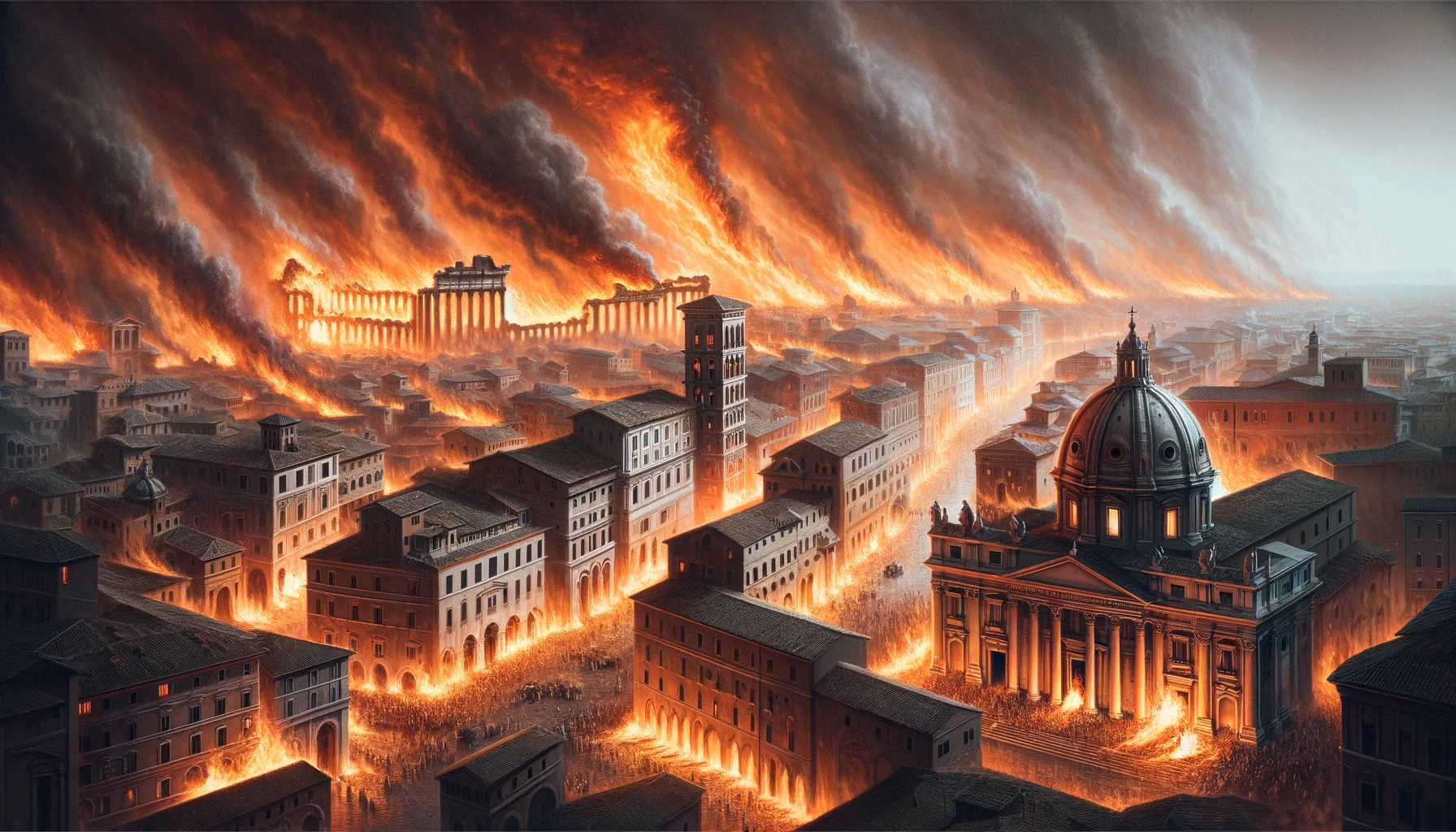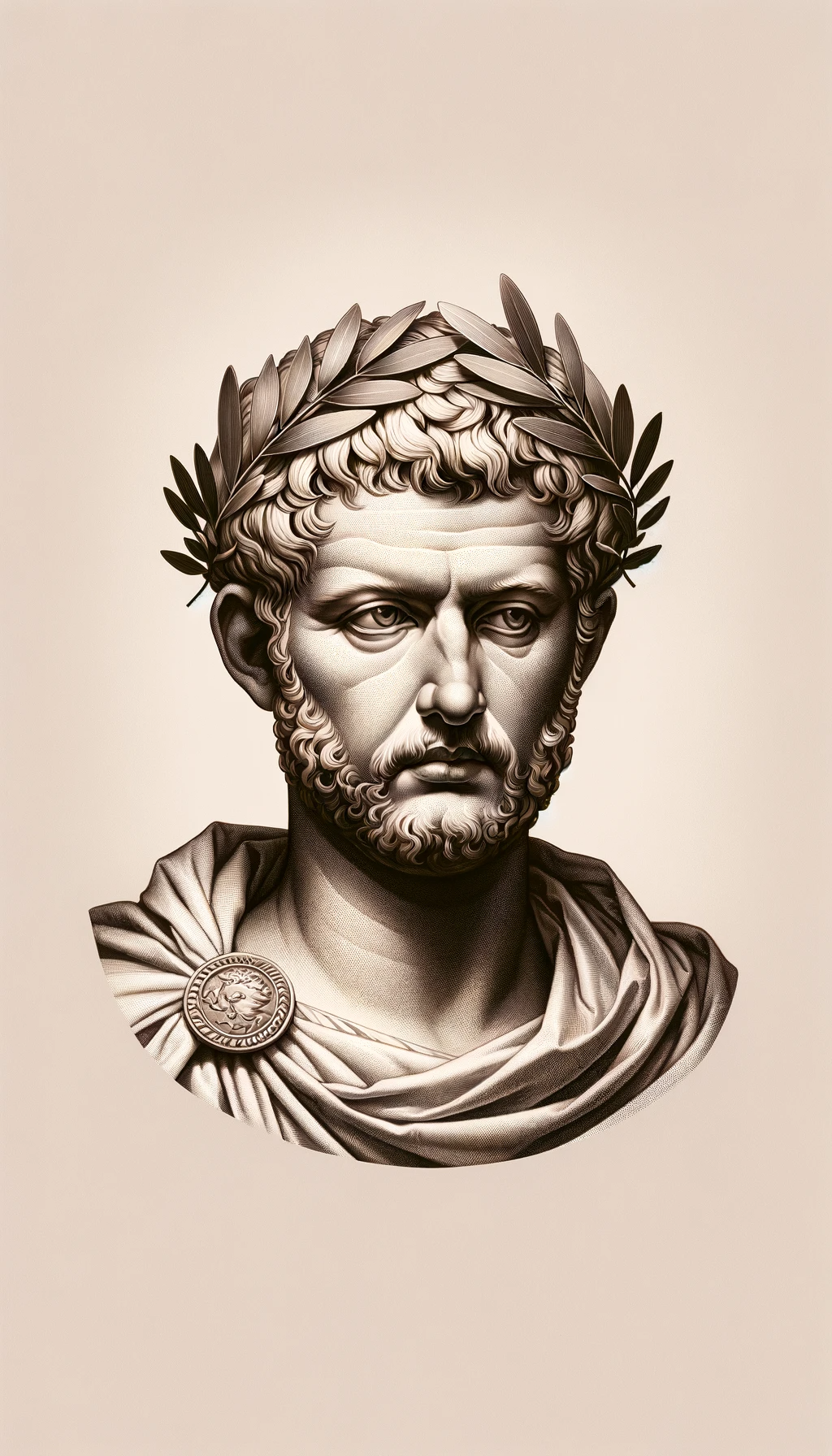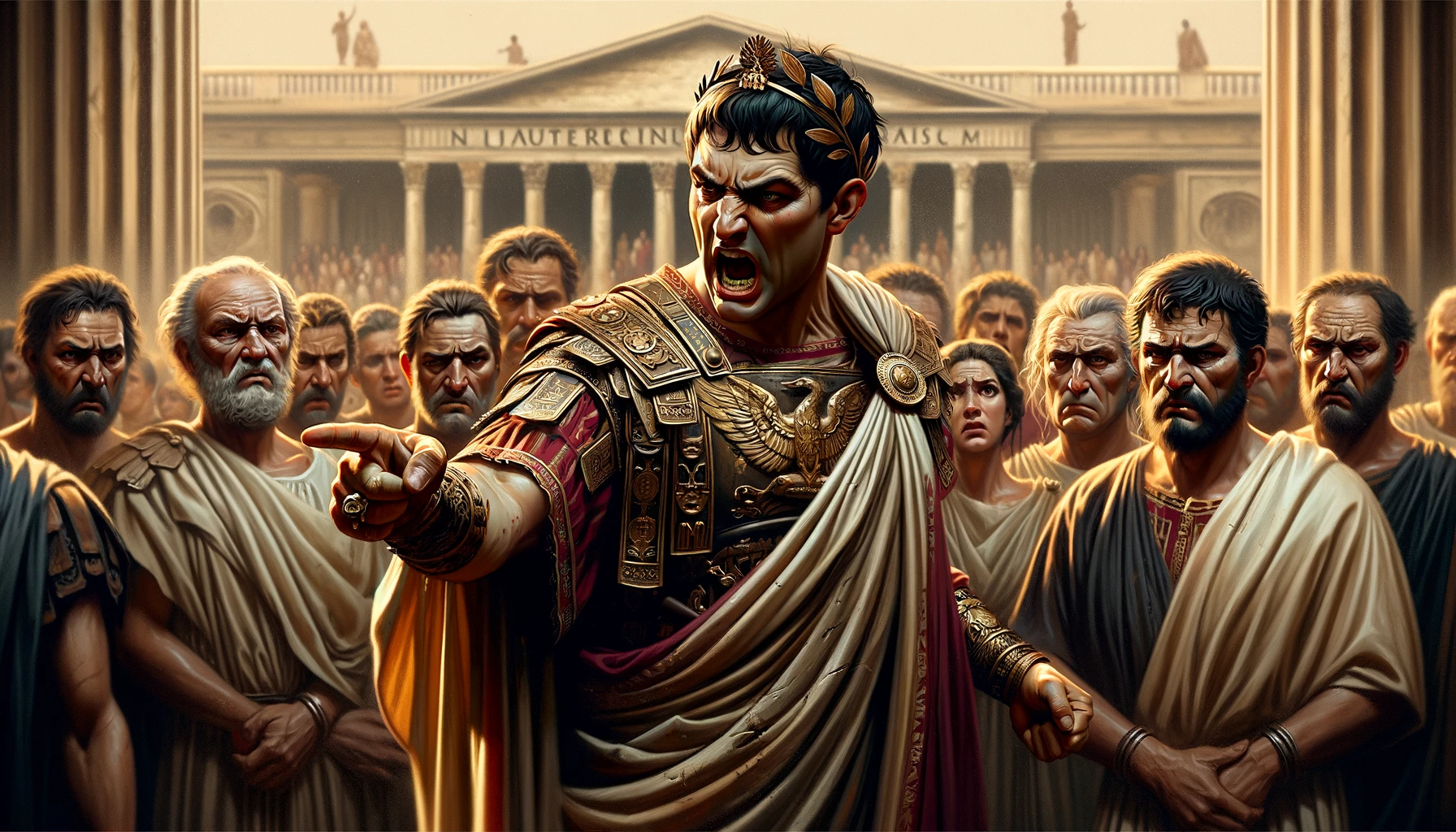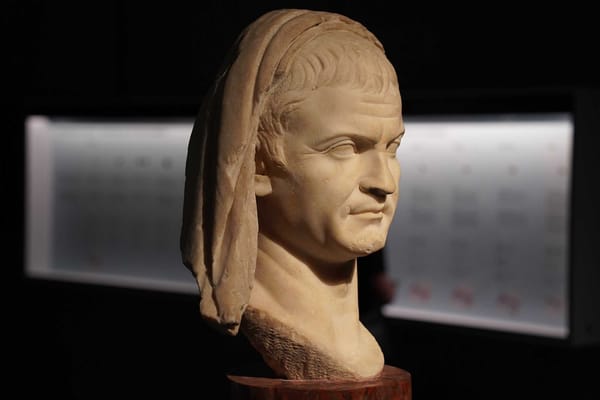Was Nero the one who started The Great Fire of Rome?
Catastrophe and Controversy: Unveiling the Truth of the Great Fire of Rome and Nero's Role. This article delves into the infamous inferno of 64 AD, exploring ancient accounts and modern perspectives to unravel the mystery of Emperor Nero's involvement in one of history's most devastating fires.

In the annals of history, few events have sparked as much debate and speculation as the Great Fire of Rome in 64 AD. This catastrophic event, which ravaged the heart of the ancient city, has been shrouded in mystery and controversy, particularly regarding the role of Emperor Nero.
On July 18, 64 AD, a fire broke out in the merchant shops around Rome's Circus Maximus, a chariot-racing stadium. Fueled by strong winds, the fire quickly turned into an inferno, engulfing the city's narrow streets and densely packed wooden houses. Over six days, the fire spread uncontrollably, devastating 10 of Rome’s 14 districts. Ancient historians, including Tacitus, have provided vivid accounts of the chaos and destruction that ensued.
Emperor Nero, known for his extravagant and often erratic behavior, has been a central figure in the narrative of the Great Fire. According to some historical accounts, Nero was accused of starting the fire to clear space for his grandiose architectural projects, including the Domus Aurea, his luxurious palace. The most damning accusation was that Nero "fiddled while Rome burned," a phrase that has become synonymous with his alleged indifference to the suffering of his people.

Tacitus, a Roman senator and historian, provides a detailed account of the fire but remains non-committal on Nero's involvement. He notes that while some accused Nero of arson, others believed the fire was accidental:
“There followed a disaster, whether due to chance or to the malice of the sovereign is uncertain — for each version has its sponsors — but graver and more terrible than any other which has befallen this city by the ravages of fire. It took its rise in the part of the Circus touching the Palatine and Caelian Hills; where, among the shops packed with inflammable goods, the conflagration broke out, gathered strength in the same moment, and, impelled by the wind, swept the full length of the Circus: for there were neither mansions screened by boundary walls, nor temples surrounded by stone enclosures, nor obstructions of any description, to bar its progress. The flames, which in full career overran the level districts first, then shot up to the heights, and sank again to harry the lower parts, kept ahead of all remedial measures, the mischief travelling fast, and the town being an easy prey owing to the narrow, twisting lanes and formless streets typical of old Rome. In addition, shrieking and terrified women; fugitives stricken or immature in years; men consulting their own safety or the safety of others, as they dragged the infirm along or paused to wait for them, combined by their dilatoriness or their haste to impede everything. Often, while they glanced back to the rear, they were attacked on the flanks or in front; or, if they had made their escape into a neighbouring quarter, that also was involved in the flames, and even districts which they had believed remote from danger were found to be in the same plight. At last, irresolute what to avoid or what to seek, they crowded into the roads or threw themselves down in the fields: some who had lost the whole of their means — their daily bread included — chose to die, though the way of escape was open, and were followed by others, through love for the relatives whom they had proved unable to rescue. None ventured to combat the fire, as there were reiterated threats from a large number of persons who forbade extinction, and others were openly throwing firebrands and shouting that "they had their authority" — possibly in order to have a freer hand in looting, possibly from orders received.”

Source: University of Chicago
Later historians like Suetonius and Cassius Dio were more direct in their accusations, suggesting that Nero had a hand in starting the fire. However, modern historians often view these accounts with skepticism, considering the political biases and sensationalism of ancient sources. Contrary to the popular narrative of a callous emperor delighting in the destruction, historical records indicate that Nero was not in Rome when the fire started. He returned to the city to organize relief efforts, opening his palaces to provide shelter for the homeless and arranging for food supplies to be brought in from neighboring areas. Nero also implemented measures to rebuild the city, introducing new urban planning rules to prevent future fires.
“Nero, who at the time was staying in Antium, did not return to the capital until the fire was nearing the house by which he had connected the Palatine with the Gardens of Maecenas. It proved impossible, however, to stop it from engulfing both the Palatine and the house and all their surroundings. Still, as a relief to the homeless and fugitive populace, he opened the Campus Martius, the buildings of Agrippa, even his own Gardens, and threw up a number of extemporized shelters to accommodate the helpless multitude. The necessities of life were brought up from Ostia and the neighbouring municipalities, and the price of grain was lowered to three sesterces. Yet his measures, popular as their character might be, failed of their effect; for the report had spread that, at the very moment when Rome was aflame, he had mounted his private stage, and typifying the ills of the present by the calamities of the past, had sung the destruction of Troy”.
In the aftermath of the fire, as rumors of his involvement grew, Nero sought a scapegoat to divert public anger. He targeted the Christians, a then-minor religious group, subjecting them to brutal persecution. This decision marked the beginning of the first major state-sponsored persecution of Christians in the Roman Empire.

Despite his efforts to rebuild Rome and his contributions to the arts, Nero's reputation was irreparably tarnished by the Great Fire and the subsequent persecution of Christians. His reign, already marked by controversy and scandal, faced increasing opposition, leading to his eventual suicide in 68 AD.
The Great Fire of Rome remains one of history's great mysteries. While Nero's exact role in the fire is still debated, the event highlights the complexities of historical interpretation. The fire's legacy is not just one of physical destruction but also of political intrigue, propaganda, and the enduring power of myth-making in shaping historical narratives. Nero's association with the fire, whether justified or not, has become an indelible part of his legacy, illustrating how history often blurs the line between fact and fiction.






About the Roman Empire Times
See all the latest news for the Roman Empire, ancient Roman historical facts, anecdotes from Roman Times and stories from the Empire at romanempiretimes.com. Contact our newsroom to report an update or send your story, photos and videos. Follow RET on Google News, Flipboard and subscribe here to our daily email.
Follow the Roman Empire Times on social media: